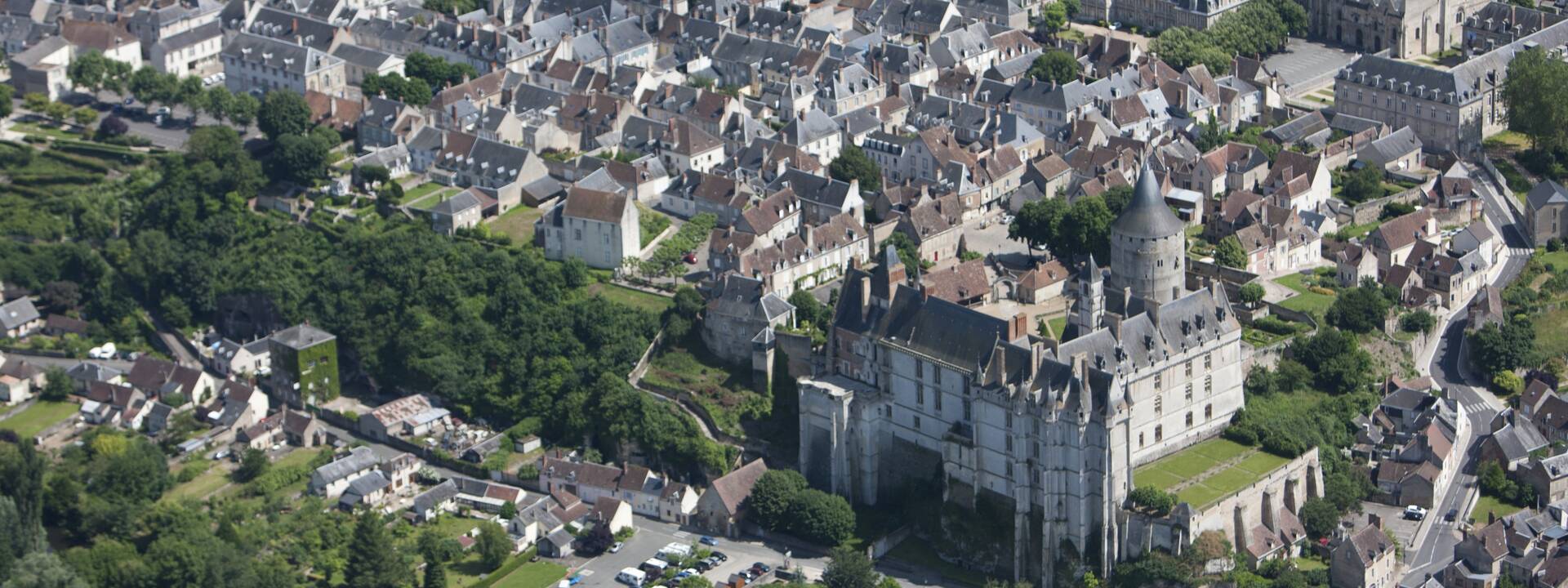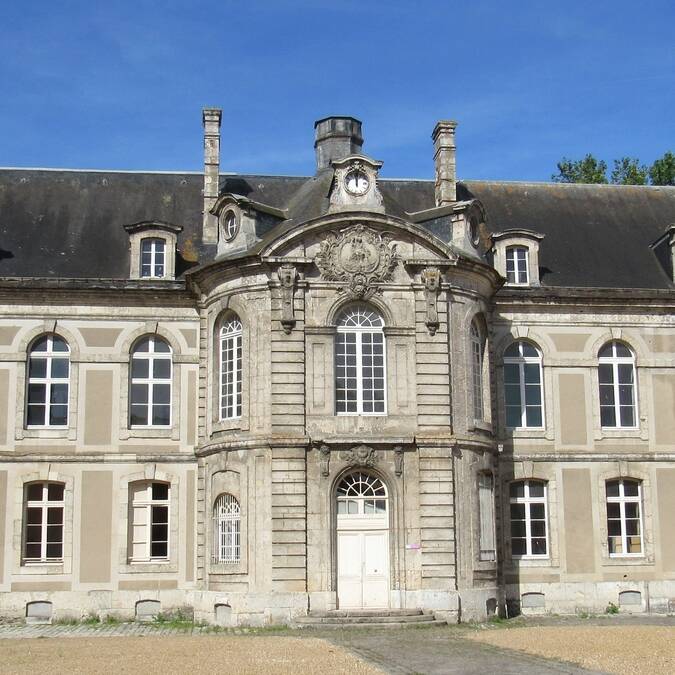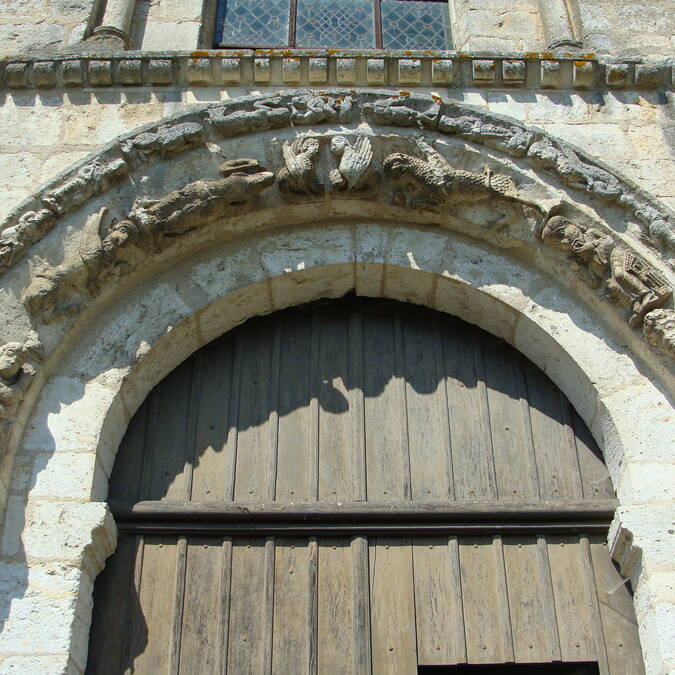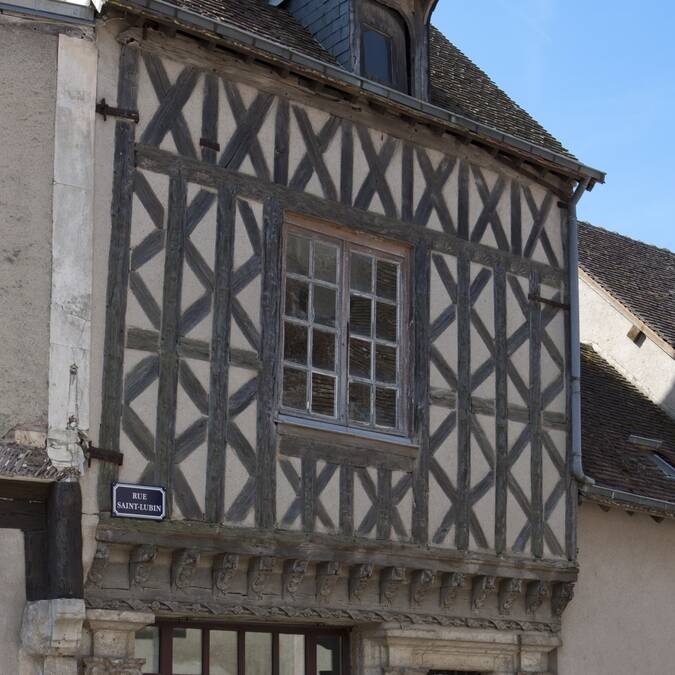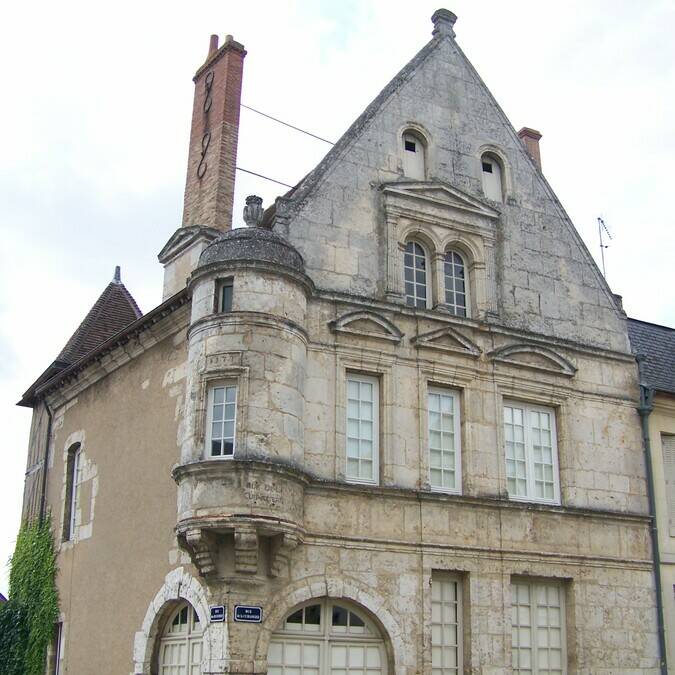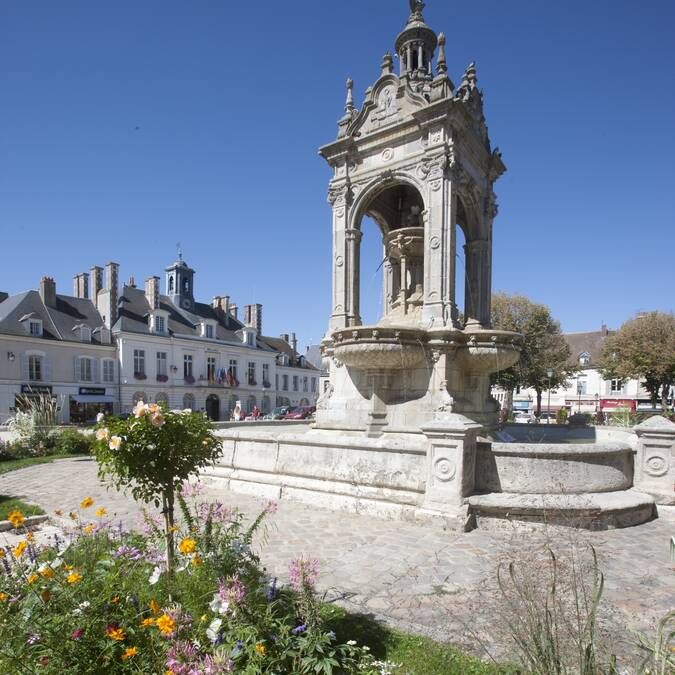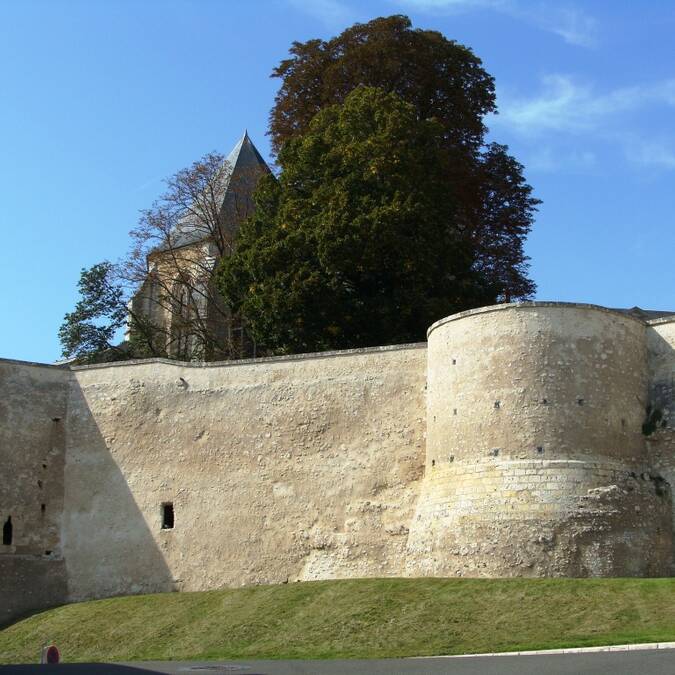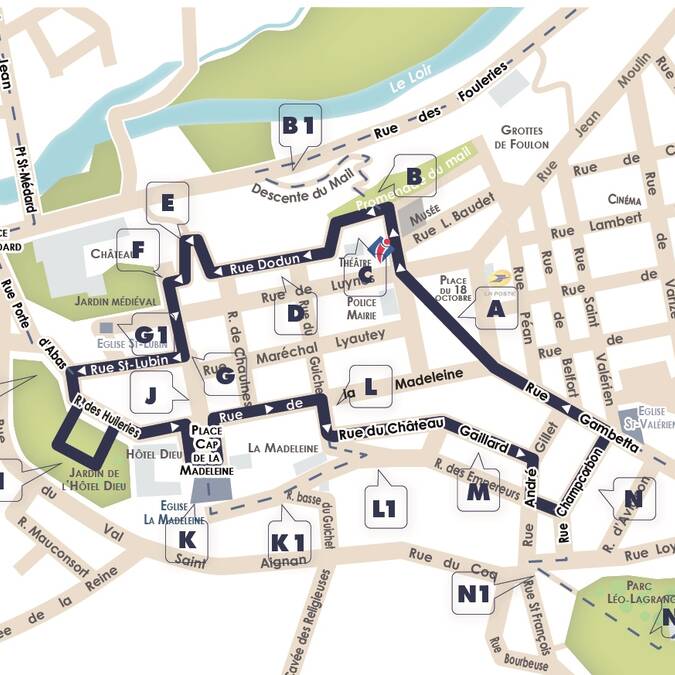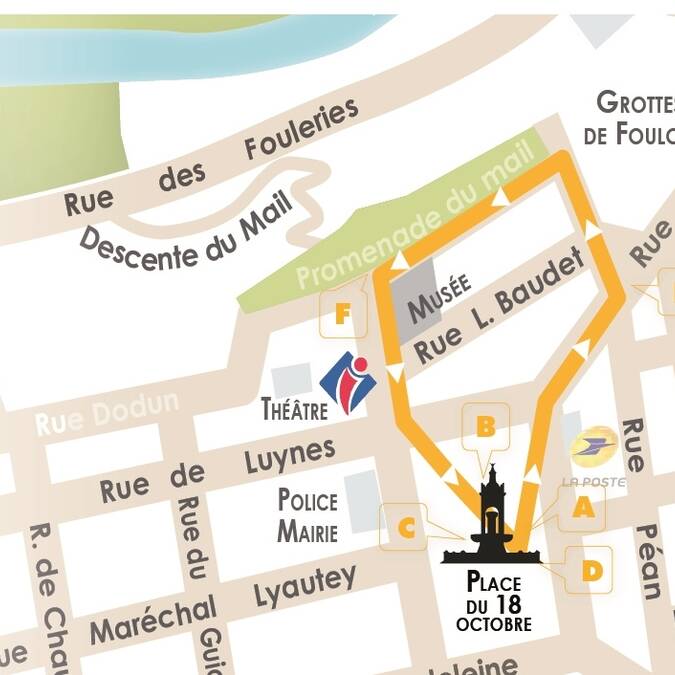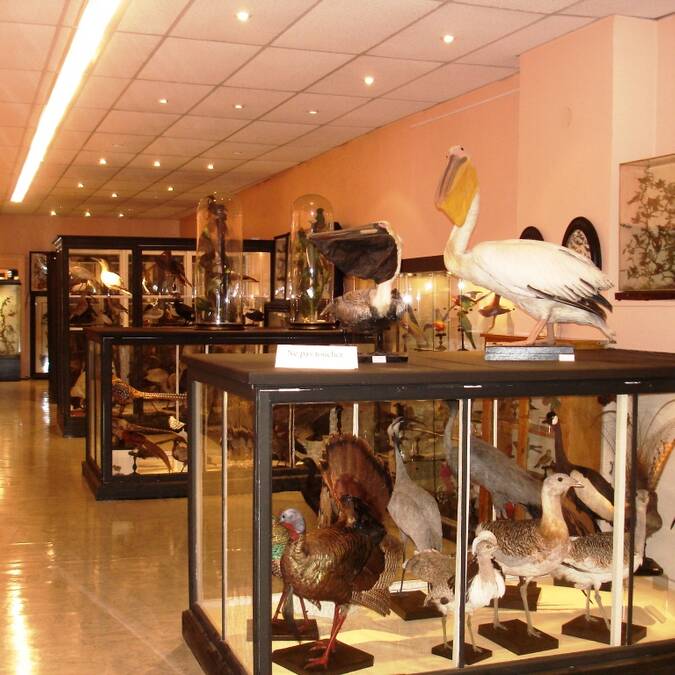Visitors’ routes
The city of Châteaudun stands out for the beauty of its site, on the top of a rocky promontory overlooking the Loir, and the majesty of its castle. The town, which boasts numerous classified and protected sites and monuments, can be discovered in a pleasant route that covers the old quarter, or you can go on one of the visits organized by the Tourist Information Office.
In the summer we propose travelling back in time on one of the animated guided visits. The medieval town streets recover their life thanks to the presence of numerous actors in period dress.
Religious heritage and remarkable buildingss
The town’s rich heritage reflects the powerful religious atmosphere in Châteaudun before the Revolution. Three large churches are permanently open to the public:
- La Madeleine church, an old Romanesque abbey from the mid-twelfth century, is the largest religious building in the town
- The church of Saint Valérien, dating from the twelfth and thirteenth centuries, with its recently restored bell tower reaching a height of fifty metres
- The church of Saint Jean, in the lower part of the town, dating from the twelfth and thirteenth centuries; the upper parts and the bell tower were built in the fifteenth and sixteenth centuries.
There are other remarkable buildings in the town centre like the Hôtel-Dieu, built in the eighteenth and nineteenth centuries, and the old girls’ school, consisting of a fifteenth-century house and an attractive building dating from the early twentieth century.
The Place du 18 Octobre
The Place du 18 Octobre and the adjacent streets are the result of rebuilding in the eighteenth century after a terrible fire destroyed the town centre in 1723. The new town was designed by the architect Jules Hardouin, the nephew of Hardouin-Mansart, and includes houses with classical-style façades. The square is decorated and there is a neo-Renaissance fountain monument in the middle, built in the nineteenth century.
The historical centre
The quarter between the castle and the old Madeleine abbey was spared by the flames of the terrible fire in 1723. You can therefore stroll down old streets like the Rue Saint Lubin, where you can still admire houses from the fifteenth and sixteenth centuries, beautiful houses with timber framing and large stone Renaissance buildings.
The Fine Arts and Natural History Museum
The diverse and surprising museum collections will take you from Egypt to the Far East and let you discover the wealth of the animal world with a superb collection of 3,000 stuffed birds and mammals. There is also a room devoted to the war of 1870, a rebuilt nineteenth-century Beauce interior and a painting room.
